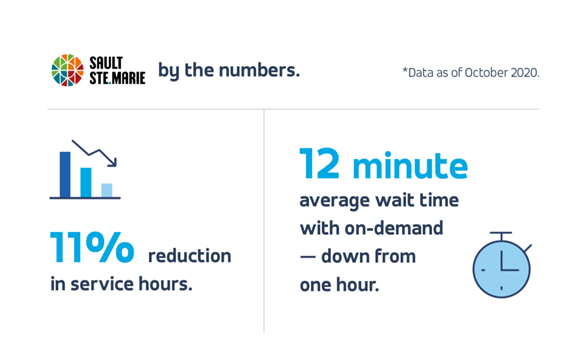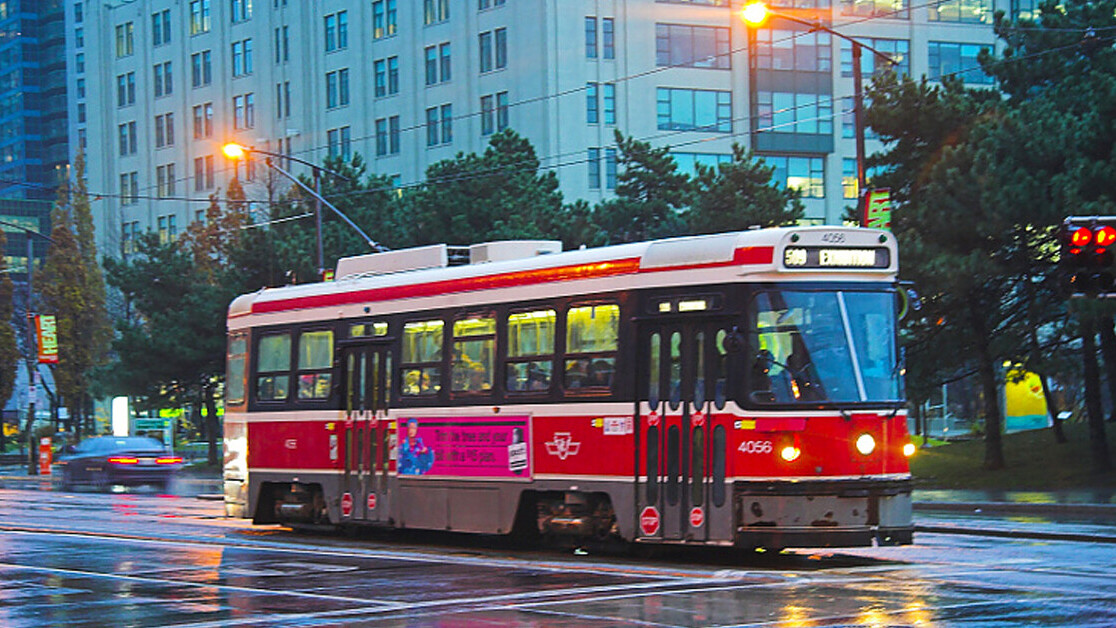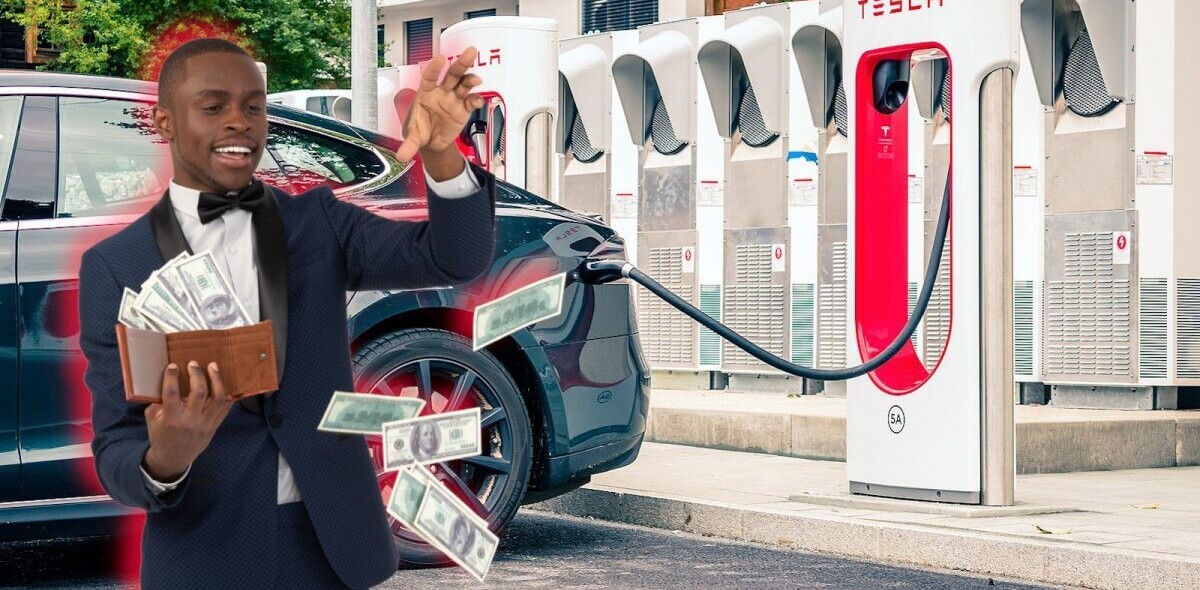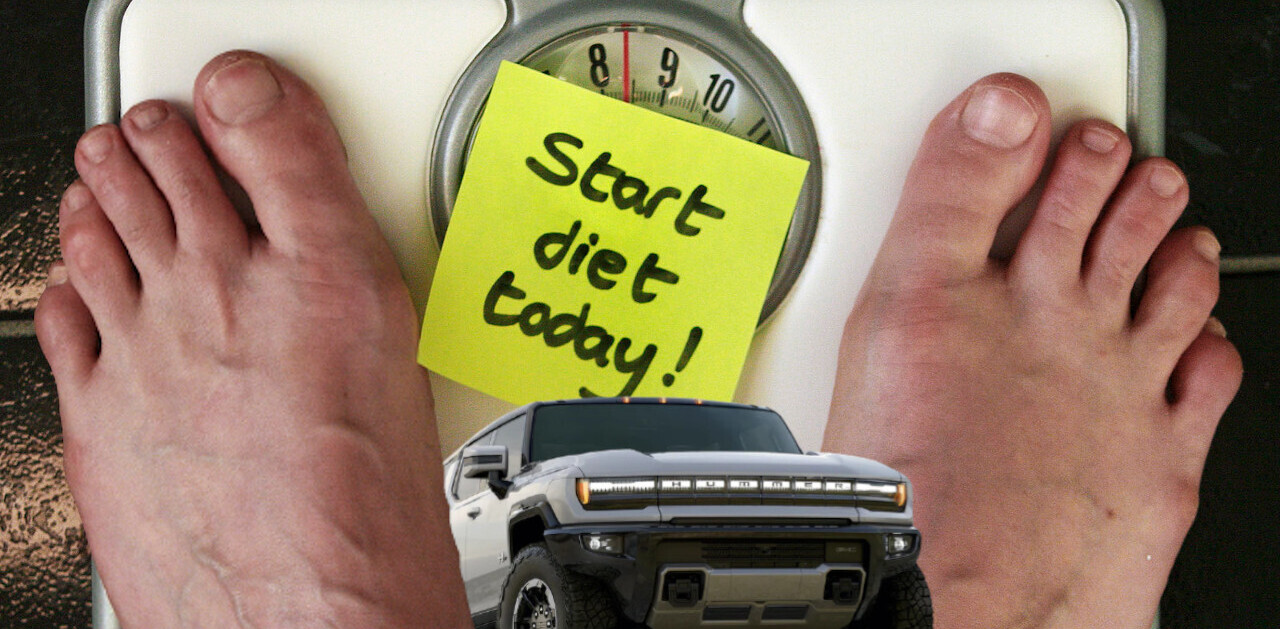This article was originally published on Cities Today, the leading news platform on urban mobility and innovation, reaching an international audience of city leaders. For the latest updates follow Cities Today on Twitter, Facebook, LinkedIn, Instagram, and YouTube, or sign up for Cities Today News.
Think going on-demand will drain your budgets? Think again. Evidence shows that when on-demand networks are implemented in a smart way, communities can actually save money compared to their previous fixed-route services, unlocking broader benefits that pay back the initial investment many times over.
Providing high-quality services at the minimum possible cost to the taxpayer is generally the name of the game for any public transportation agency. However, when talking about microtransit, opponents often get tied up in measuring the return on investment (ROI) simply in terms of farebox recovery ratios rather than the overall efficiency of the service (and resulting cost savings).
Real ROI
If you’re still calculating the ROI of mass transit by how close you are to profitability, you’re doing it wrong.
Around the world, public transportation heavily relies on things like federal, state, and local funding sources, with service rarely (if ever) turning a profit. This was the case prior to COVID-19, and critical transit services will need even more support as we emerge from the pandemic. Therefore, the question to ask is: how can we provide the most cost-efficient service, especially as demand continues to fluctuate?
Our experience is that microtransit, when implemented in a smart way, can actually result in a lower cost than underutilized fixed-route services, while simultaneously reducing things like passenger wait times, and the amount of time drivers are circling routes without any riders.
Case study: Sault Ste. Marie

A good example of this is Sault Ste. Marie Transit Services, the agency serving the roughly 73,000 people of Sault Ste. Marie (or “the Soo”), Ontario. In August 2019, the Soo launched a partnership with Via, replacing Sunday evening fixed-route services — which historically see lower ridership levels — with an on-demand solution. Sault Ste. Marie On-Demand operates the same 40-foot buses as the Soo’s conventional service and uses all of the same roads and bus stops.
It turns out, it worked. The switch allowed for an 11 percent decrease in service hours while serving the same level of demand, resulting in increased vehicle utilization and cost savings for the city. In a few short months, the city was able to reduce the size of its operational fleet due to the increased efficiencies, and projects annual cost savings in the tens of thousands of dollars.
In June 2020, Sault Ste. Marie extended its on-demand partnership for two years, driven by positive feedback from riders, whose hourly headways have now been brought down to an average wait time of just 12 minutes. By switching inefficient fixed routes to on-demand, the Soo was able to actually improve quality of service while reducing expenses
Holistic approach
Transportation leaders should be asking themselves: what’s the true cost of not providing sufficient transportation in my community? While traditional fixed-route transportation plays a critical role in providing mobility solutions, many residents do not live or work within walking distance of the nearest rail or bus station. As a result, those who own private vehicles will drive themselves, while those who cannot afford private vehicles — especially individuals in remote rural areas — struggle to access healthcare, jobs, community resources, and social connections.
Indeed, when we think holistically, we see that on-demand systems initially dismissed as ‘unprofitable’ can create much more efficient public services in general. Public transit is critical to preventing unemployment, providing access to preventative healthcare, and avoiding the social isolation that can lead to expensive care needs over time.
It’s always easy to find a reason not to add technology to existing infrastructure, but when it comes to 21st-century public transportation, the status quo just isn’t working. Many of the worries around on-demand are rooted in myths and misconceptions that prevent the worldwide transportation community from making necessary progress. If we’re serious about connecting all households to the services they need, addressing COVID-19 challenges, mitigating climate change, and preventing massive congestion and pollution in our cities, now is the time for new ideas.

SHIFT is brought to you by Polestar. It’s time to accelerate the shift to sustainable mobility. That is why Polestar combines electric driving with cutting-edge design and thrilling performance. Find out how.
Get the TNW newsletter
Get the most important tech news in your inbox each week.






